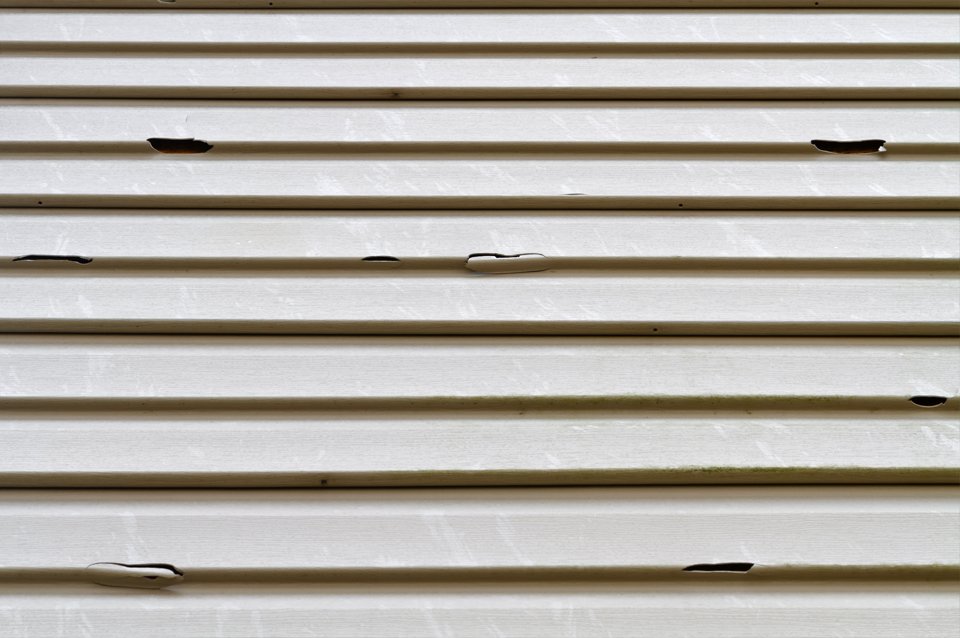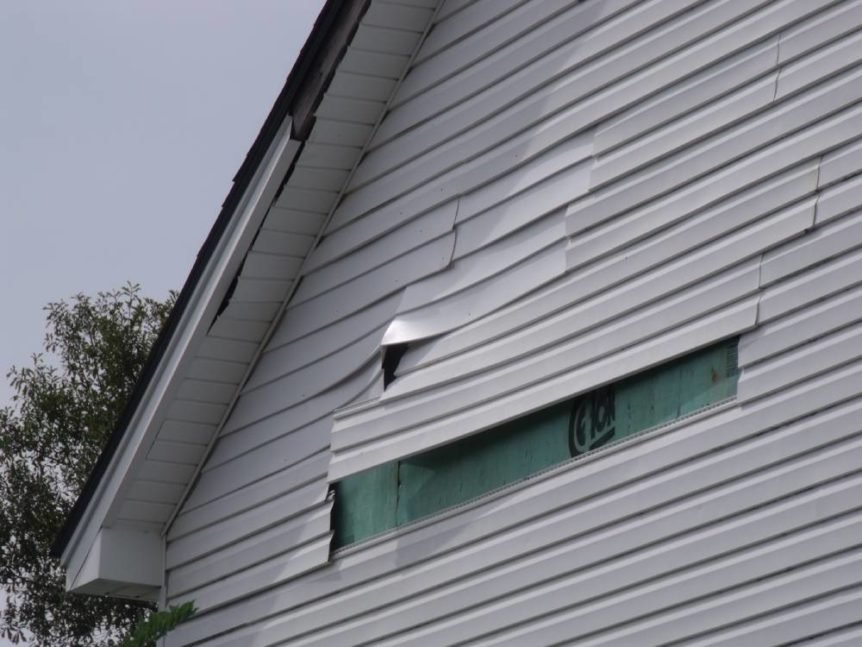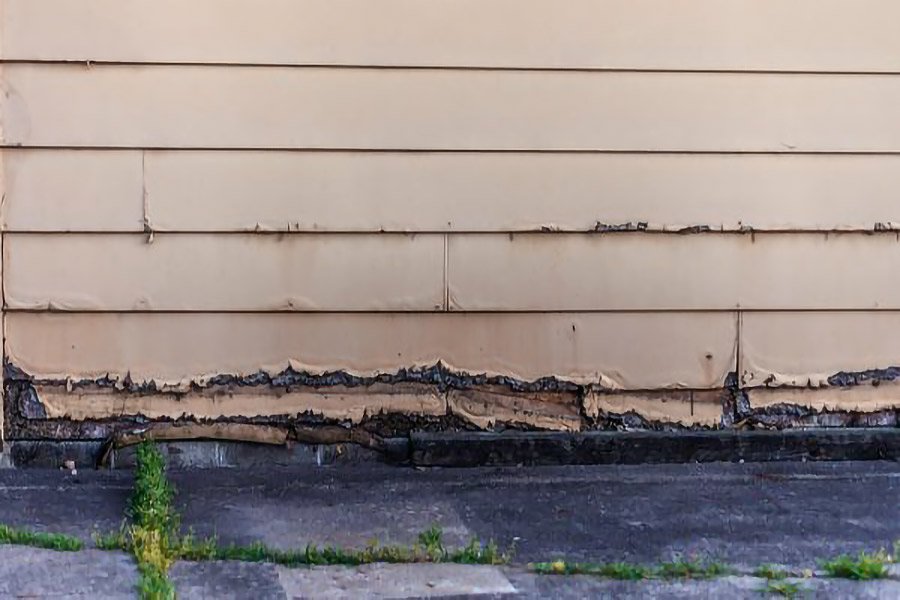Signs You’ve got Winter Siding Damage
Spring has sprung, and we’re beginning to work on the outside of our home. As we begin spring projects, it’s a perfect time to inspect your home for signs of winter siding damage. Coming off a hard winter season with low temperatures and heavy ice and snow, siding damage is likely to happen. While typically the damage is small and repairable, if it’s not repaired it can turn into a larger issue down the road.
We’ll outline a few examples of siding with winter damage, what you can do to repair, and of course make a product recommendation like LP SmartSide for climates like ours that experience harsh winters and elaborate on its durability.
TYPES OF WINTER SIDING DAMAGE
Winter siding damage is a very common thing, especially in areas like ours that experience harsh winters with ice, snow, and cold temperatures. These things all have the ability to cause damage to siding. Damage you may come across would be holes, denting, water penetration, cracks, mold and mildew, as well peeling and staining.
Hail Damage
Hail is usually easy to detect because it leaves behind dents and dings. Keep an eye out for the following signs of hail damage:
Cracks and chips in fiber cement and vinyl siding
Dents and dings in metal siding
WIND DAMAGE
Following a storm, wind damage is easily overlooked when it is less obvious than downed trees and blown-off shingles. Common signs of damage from wind include:
Siding panels that are lifted, stressed, or completely off
Cracks, chips and splits
Debris-driven dings and dents
Water Damage
Signs of water damage (other than flooding) can be hidden behind walls and on the exterior of a house. They may take days or weeks to appear. Look for:
Spots or discoloration on walls and surfaces
Soggy or swollen wood
A musty smell that could indicate water damage or mold
It’s also worth noting that different areas of your home can show various types of damage, so be sure to check the whole exterior. A good, and well-trained installation that adheres to manufacturers application instructions will help to minimize or eliminate the potential for winter siding damage.
WHAT TO DO IF YOUR SIDING SHOWS SIGNS OF WINTER DAMAGE
If you’re seeing the signs of siding damage, it’s best to reach out to a professional for help. Start with reputable, local contractors and begin their assessment process for a professional opinion.
REPAIRING DAMAGED SIDING
Siding can be repaired. However, determining if the home would need a full re-side or spot repairs/replacements should be determined case-by-case. It’s also worth noting that addressing repairs early will prevent expensive and time-consuming repairs down the road. Some siding products can become brittle in cold weather, making the choice of siding even more important. It is absolutely critical that you choose a siding that can withstand the elements, like LP SmartSide, or one of the many Composite siding products.
OPINION: LP SMARTSIDE IS THE BEST SIDING MATERIAL FOR COLD CLIMATES
LP SmartSide is well-known for its durability, along with the multitude of options, colors, and profiles available. What really makes it stand out in terms of durability is LP’s proprietary “SmartGuard” process. The process combines zinc borate, resin and wax to help resist impact, freeze/thaw, humidity, and fungal damage. Especially in Southwestern Missouri, extreme temperature swings are a main threat to homes during winter, and LP SmartSide siding is a great way to help combat that threat.
What’s more – LP SmartSide is designed and engineered to perform undamaged for 50 years, so long as the application instructions are strictly adhered to, and the siding is properly maintained. Additionally, LP provides an amazing warranty – and the 3rd party pre-finished products we have available extend that warranty even more!



